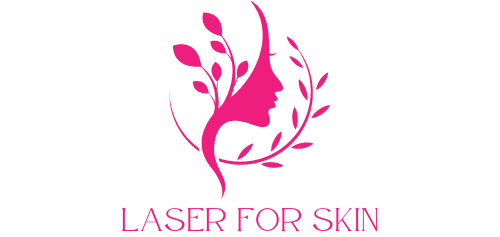Introduction: Unwanted hair can be a persistent annoyance, prompting many individuals to seek effective and long-lasting solutions. Laser hair removal has emerged as a popular choice, offering a precise and efficient method for reducing unwanted hair growth. Let’s delve into the science behind laser hair removal technology, exploring how it works and its remarkable effectiveness in achieving smooth, hair-free skin.
- The Basics of Laser Hair Removal:
- Laser hair removal is a cosmetic procedure that uses concentrated beams of light to target and destroy hair follicles.
- The principle behind laser hair removal is selective photothermolysis, wherein the laser energy is absorbed by the pigment in the hair follicle, leading to its destruction while sparing surrounding skin tissue.
- Targeting Hair Follicles:
- The melanin pigment in the hair follicle absorbs the laser energy, converting it into heat.
- This heat damages the hair follicle’s structure, inhibiting future hair growth and leading to a reduction in hair density over time.
- The effectiveness of laser hair removal depends on the contrast between the pigment in the hair follicle and the surrounding skin, making it most suitable for individuals with lighter skin and darker hair.
- Types of Lasers Used:
- Several types of lasers are used for hair removal, including alexandrite, diode, Nd:YAG, and IPL (Intense Pulsed Light) devices.
- Alexandrite and diode lasers are commonly used for light to medium skin tones, while Nd:YAG lasers are preferred for darker skin tones due to their ability to bypass melanin in the skin and target the hair follicles.
- IPL devices emit a broad spectrum of light wavelengths and are versatile for various skin types, although they may be less effective for certain hair types and colors.
- The Treatment Process:
- Before the treatment begins, the skin is cleansed, and protective eyewear is provided to shield the eyes from laser light.
- A cooling gel or chilled tip may be applied to the skin to minimize discomfort and protect the epidermis.
- The laser device is then passed over the treatment area in a controlled manner, delivering pulses of light energy to target the hair follicles.
- Managing Discomfort and Safety:
- Patients may experience a mild snapping or stinging sensation during the treatment, similar to the snapping of a rubber band against the skin.
- To minimize discomfort, cooling devices, topical anesthetics, or air cooling systems may be used before, during, or after the procedure.
- Laser hair removal is generally considered safe when performed by a qualified practitioner, with minimal risk of side effects such as temporary redness, swelling, or skin irritation.
- Achieving Optimal Results:
- Multiple treatment sessions are typically required to achieve optimal results, as hair growth occurs in cycles and not all hair follicles are actively growing at the same time.
- Sessions are spaced several weeks apart to target hair follicles in different stages of the growth cycle, ensuring comprehensive hair reduction over time.
- With each successive treatment, patients experience a gradual reduction in hair density and thickness, leading to smoother, hair-free skin.
Conclusion: Laser hair removal technology offers a safe, effective, and long-lasting solution for reducing unwanted hair growth and achieving smooth, hair-free skin. By selectively targeting hair follicles with concentrated beams of light energy, lasers inhibit future hair growth while minimizing damage to surrounding skin tissue. With its versatility, precision, and remarkable effectiveness, laser hair removal has become a go-to option for individuals seeking a convenient and reliable solution to unwanted hair.



